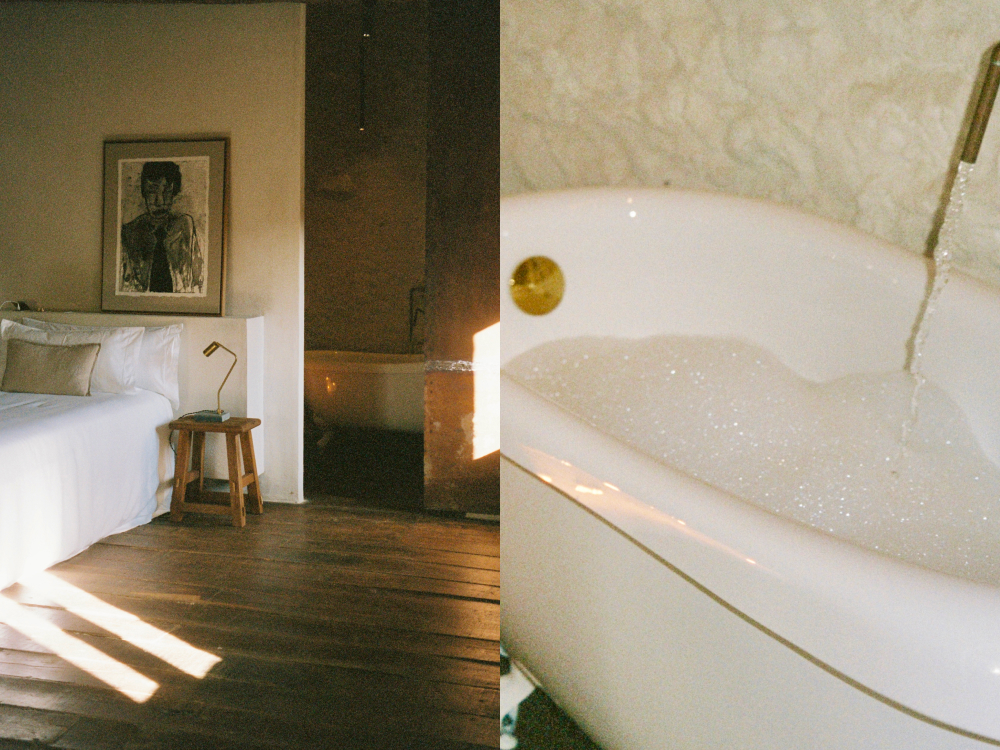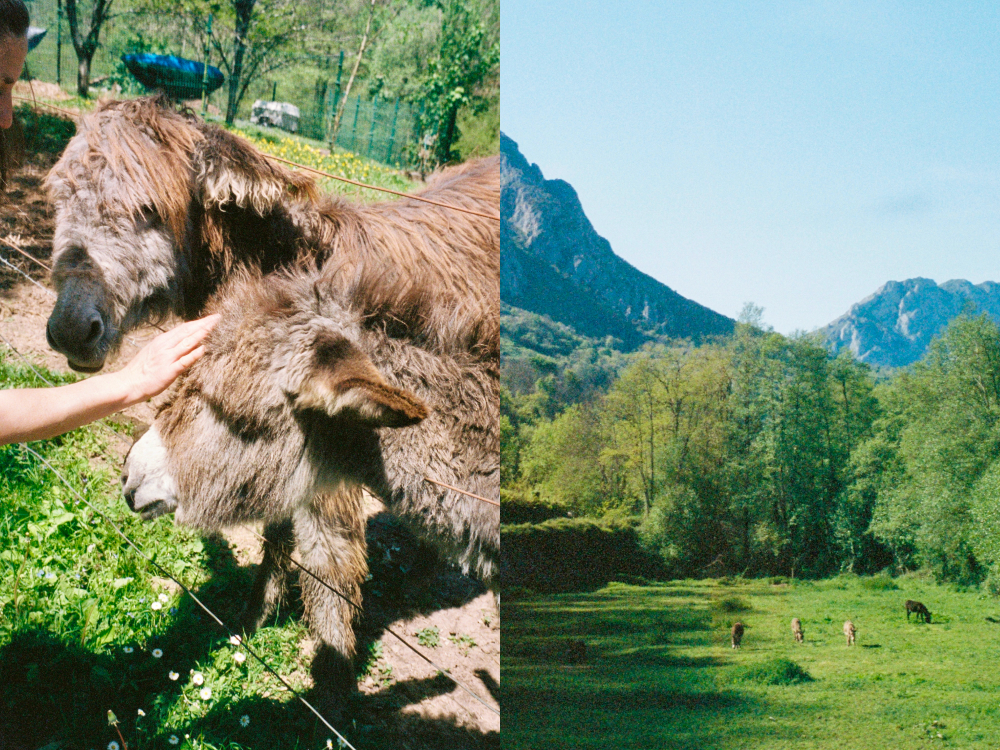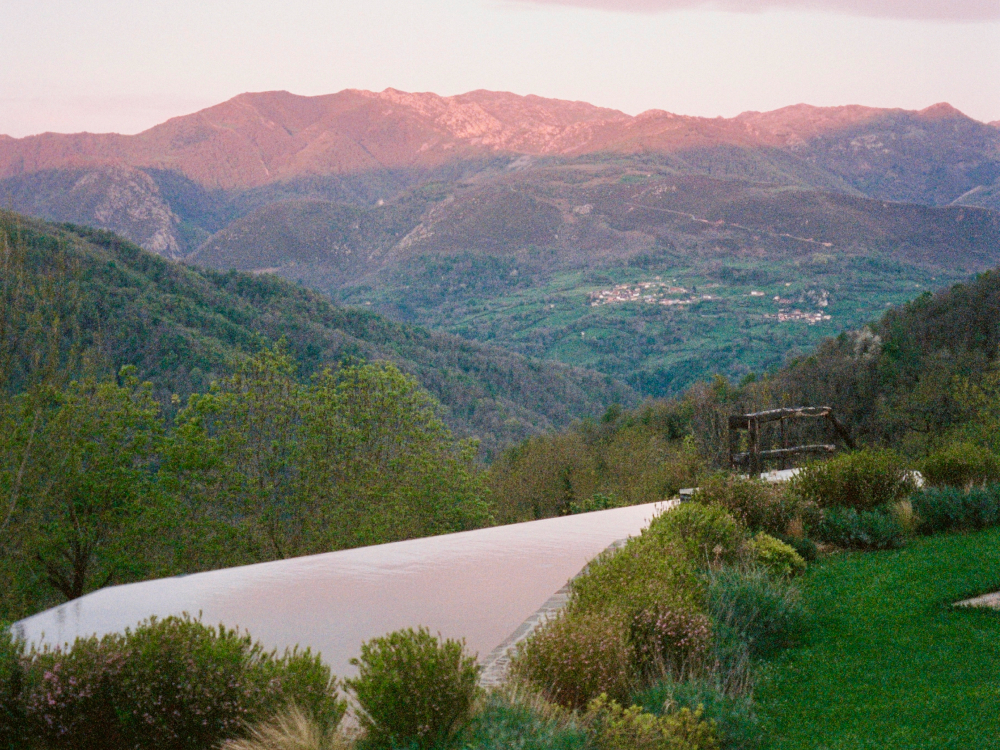After a protracted journey by means of Spain’s Asturias area, a nationwide energy minimize wasn’t fairly the beginning I had in thoughts for my journey at Solo Palacio, a country retreat amid the beech forests of Las Ubiñas Pure Park. However whereas my pals in Madrid scrambled over power-banks, I discovered myself possessed by a uncommon sense of calm. Sipping on a glass of native sidra, I watched as a pair of glossy black horses galloped throughout a hillside, whereas an impressive golden eagle — a typical sight on this a part of the world — wheeled gracefully overhead. Greater than an satisfactory substitute for screen-scrolling. Actually, the dearth of electrical energy solely served to amplify the essence of my non permanent dwelling from dwelling — a spot the place the rhythms of nature take priority. If there was a spot to be throughout a power-cut, I assumed, it was right here.

Ensconced between the rolling tides of the Cantabrian Sea and the Picos de Europa mountain vary, Asturias is a wild, untamed and lesser-travelled a part of Spain. Round a 3rd of the traditionally under-developed area enjoys some kind of conservation standing. It’s an asset hotelier Carlos Diaz is properly conscious of and eager to guard. So, when he stumbled throughout a crumbling Fifteenth-century palace amid Las Ubiñas’s misty hills and beech forests, he noticed not only a smash however a chance to create one thing that might without delay safeguard and showcase this particular a part of the world. ‘We have been in search of a location that met the next standards: local weather resilience — particularly water availability — a historic constructing, and a setting inside a pure park,’ says Diaz. ‘After two years of looking out, we discovered the best place in Solo Palacio.’
Initially the palace residence of the Miranda-Quirós household (nobles whose patriarch acted because the English Ambassador in Spain), Solo Palacio’s century-old constructing harbours a wealthy historical past that Diaz and his companion, the designer Sofía Tejerina, have been eager to protect. Throughout a painstaking, three-year renovation course of, the pair employed native carpenters, stonemasons and even archaeologists of their mission to retain the keep’s storied character. As I checked in a single sunny afternoon, their work turned evident. Throughout 11 fabled rooms and suites, there was an acute consideration to element and palpable respect for the previous. Hand-picked finds from Madrid’s flea markets, framed by gnarled beams and rafters, and the conservation of unique options — flooring, chimneys, carved-wood doorways — had been prioritised over trendy interventions. Even the lighting was meticulously calibrated to enhance the solar spilling in.
Guided by the Japanese philosophy of wabi-sabi — an idea rooted find magnificence amid impermanence and imperfection — the interiors had been stripped of all superfluous components, letting nature and historical past do the speaking. Rooms revealed traces of their former lives by means of delicate interventions; the hen wire, for instance, which was elegantly fitted into an vintage staircase, hinted on the house’s time as an animal enclosure, or the previous ovens on show within the former servants’ quarter. ‘Sofía received Spain’s nationwide Laus Design Award for this venture as a result of she embraced the ideas of wabi-sabi: simplicity, sobriety and humility,’ Diaz advised me. ‘All the things is designed to reinforce the pleasure of what’s seen and touched.’

However the lodge’s ethos informs greater than its aesthetic — it shapes its very method of being on this planet, an Earth-kind strategy that prioritises co-existence, recognising humanity’s dependence on nature, quite than the opposite method round. And because the lodge’s Environmental Ambassador, Diaz’s core concern is local weather change. As he defined, ‘We have to heal the planet whereas conserving people within the equation. We discovered within the wabi-sabi philosophy a method to try this by means of sluggish tourism, as a counterpoint to quick meals and frantic consumption.’ A technique Solo Palacio has achieved that is by means of their partnership with Monte, a Michelin Inexperienced Star restaurant the place Austrian chef Xune Andrade works in concord with nature to showcase native produce in a menu that adjustments based on season and availability.
Thanks partially to the lodge’s dedication, the encircling panorama has remained a haven for wildlife, too. From the lodge’s forest-facing infinity pool (a placing up to date function carved beneath a Fifteenth-century stone wall), company could properly catch glimpses of deer, wolves or bears — a species extra quite a few right here than anyplace else in Spain. This dedication is additional realised by means of native partnerships with organisations like Burru, a non-profit devoted to safeguarding donkeys — mild creatures stuffed with persona. The best companions, you would say, for using out an influence outage.
Through the course of that afternoon, I roamed the mountain-framed fields, studying not simply concerning the donkeys’ habits, weight loss program and lifestyle, but additionally their particular person tales and quirks. There was Julian, for instance, the unique rescue and catalyst of the organisation, as soon as timid and fearful, however now a assured and affectionate soul; Marcos, the infant of the bunch, who trailed us inquisitively, a really curious character; and Luz, a candy, blissful feminine, anticipating her first foal. Via first-hand interplay with these stunning animals, company are in a position to forge a real connection, fostering environmental consciousness and respect for the land and its inhabitants, ideas deeply echoed by Solo Palacio’s dedication to accountable tourism.

In a rustic like Spain, which has skilled a sequence of extreme environmental disasters in recent times, from wildfires to floods, Solo Palacio provides an alternate imaginative and prescient for the way forward for tourism and past. The facility did ultimately return, however for me, the blackout served not as a disruption, however a grounding. It was a potent reminder that actual connection can’t be discovered by means of a display screen, however in a acutely aware co-existence with the setting — a philosophy that shines brightly, even when the lights are out.
Discover the feel-good issue with one other of our Revival Tales, exploring hyper-seasonality in Japan



